Адрес
304 North Cardinal St.
Дорчестер-центр, Массачусетс 02124
Часы работы
С понедельника по пятницу: с 7:00 до 19:00.
Выходные: 10.00 - 17.00
Шаньдунская Группа Экспертного Медицинского Оборудования
Expert Medical Equipment Group, как один из самых профессиональных производителей и экспортеров медицинского оборудования в Китае, настаивает на предоставлении высококачественных, безопасных и надежных продуктов, а также лучших послепродажных услуг на мировом рынке.


Операционные столы серии Expert Medical полностью соответствуют требованиям общей хирургии, сердца, головы, шеи, грудной полости и других хирургических операций.
Операционные лампы серии Expert Medical используются в различных областях хирургического освещения и в системах вспомогательного освещения.
Специалисты-медики предоставляют различные типы больничных кроватей для интенсивной терапии и медсестер, которые действительно имеют красивый дизайн и долговечны в использовании.
Это идеальные рабочие станции для медицинских газов, источников питания, инструментальных платформ, стоек для инфузионных насосов и сетевых выходных терминалов в больницах.
В медицинских изделиях не допускается никаких нарушений. У нас есть лучшие технические инженеры, которые участвуют в проектировании и оценке продукта, стремясь обеспечить эффективный и высокий уровень обслуживания для всех клиентов.
Помимо производства медицинского оборудования, мы также занимаемся исследованиями и развитием современных и высокотехнологичных производств, поддерживаем медицинские учреждения в улучшении диагностического и лечебного эффекта при различных заболеваниях.
Expert Medical занимается производством медицинского оборудования и техническим обслуживанием более 17 лет, продолжает предоставлять своевременную информацию о рынке и техническую поддержку всем клиентам, с профессиональной технической командой для выполнения различных требований предпродажного и послепродажного обслуживания.
Expert Medical находится в городе Цюйфу, провинция Шаньдун, который является крупнейшим промышленным кластером хирургического оборудования в Китае и даже в мире. Наша основная продукция: серия хирургических ламп, серия хирургических столов, медицинский кулон, серия медицинских кроватей и т. д., более 200 спецификаций.

МЫ ЛЮБИМ ТО, ЧТО МЫ ДЕЛАЕМ
Лучше быть хорошим специалистом в одном деле, чем в среднем в нескольких отраслях.
Наша команда разработчиков и производителей медицинского оборудования хорошо осведомлена о потребностях пациентов и врачей. Поэтому мы уверены, что являемся экспертами в области медицинского оборудования.
Мы являемся одним из ведущих производителей высокотехнологичного медицинского оборудования, продукция которого широко распространена в больницах и клиниках по всему миру и поддерживается обширной сетью дистрибьюторов.
Все этапы производства нашей продукции находятся под строгим контролем, и каждый этап подвергается тщательному и профессиональному контролю качества и тестированию. Все продукты практически идеально подходят для использования в медицинской практике.
Помимо основного хирургического операционного оборудования и больничных инструментов, мы также производим и поставляем медицинское диагностическое оборудование, цифровые устройства для лечения и восстановления и другие серии продуктов, сотни разновидностей и спецификаций для удовлетворения различных требований. остановить поставщика решений для медицинского оборудования.
Как профессиональный универсальный производитель медицинского оборудования, EXPERT MEDICAL владеет интегрированной цепочкой поставок, чтобы предоставить полный спектр услуг по медицинскому оборудованию для операционных, отделений интенсивной терапии, учреждений первичной медико-санитарной помощи и т. Д., С использованием современных технологий производства и строгого контроля затрат, которые мы поставляем самые экономичные продукты для всех наших клиентов.

От основных кроватей, медицинской мебели и тележек до оборудования для операционных, диагностических исследований и реабилитационной физиотерапии - опыт группы экспертов по медицинскому оборудованию в области управления рисками и проектами делает нас предпочтительным поставщиком для больниц более чем в 70 странах. Мы также продолжим использовать наши преимущества и предоставлять профессиональное медицинское оборудование.
Наша главная ось - постоянные инновации; мы стремимся к постоянному развитию и внедрению новых стандартов качества продукции и эффективности обслуживания. У нас накоплено множество зарегистрированных технических патентов и сертификатов. Поскольку мы стремимся предоставить нашим клиентам лучший опыт и внести свой вклад в улучшение и модернизацию систем здравоохранения во всем мире.
EXPERT MEDICAL не только продает продукцию, мы также обеспечиваем надлежащее обучение по установке и обучение, чтобы помочь клиентам выполнять работы по самым высоким стандартам. Во всем этом есть этический элемент, поскольку EXPERT MEDICAL придерживается модных ценностей порядочности и честности, всегда относясь ко всем клиентам как к нашим дружественным партнерам по сотрудничеству.
Мы понимаем первоначальное намерение и причины, по которым клиенты изготавливают медицинское оборудование по индивидуальному заказу, поэтому мы можем предоставить наиболее подходящее оборудование. У нас есть профессиональная команда по исследованиям и разработкам, которая разрабатывает и соответствует запросам различных клиентов о индивидуальном медицинском оборудовании и предоставляет продукты с различными спецификациями в соответствии с различными запросами, чтобы обеспечить более высокую эффективность работы. Теперь сообщите нам ваши запросы на настройку, чтобы предоставить вам наиболее профессиональное оборудование и товары.
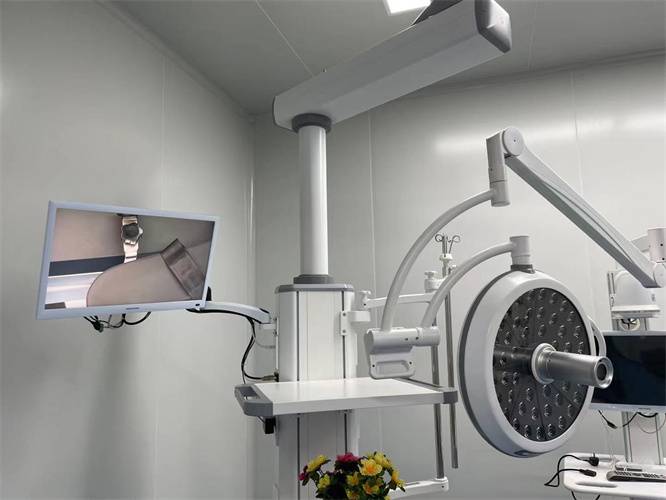
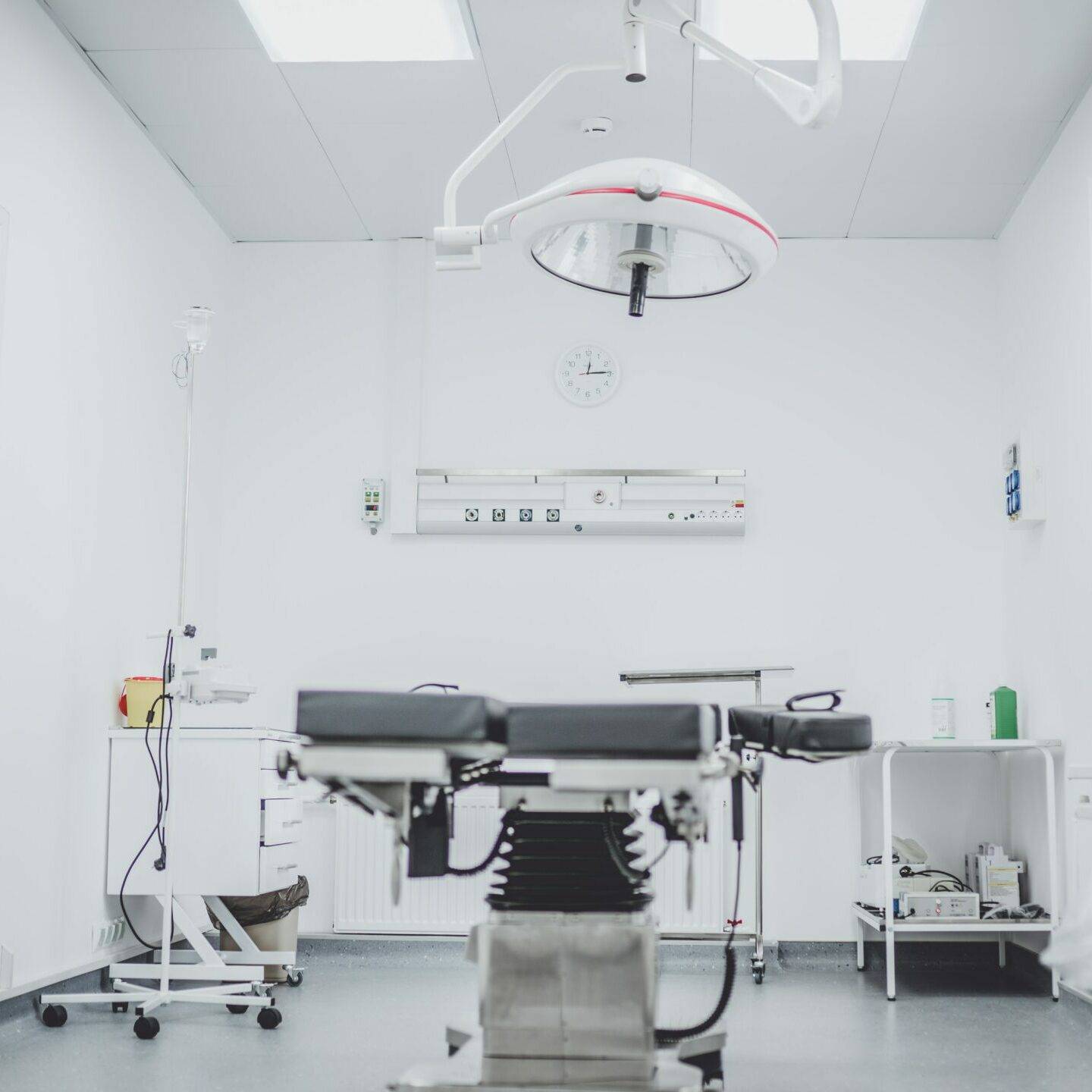
Компания EXPERT MEDICAL стремится установить надежную систему качества на протяжении всего процесса производства медицинского оборудования. За эту основную ценность мы несем ответственность как за наших клиентов, так и за всю отрасль.
In this article, we’ll explore the essential steps to evaluate...
Читать далееThis blog explores the numerous benefits of investing in a...
Читать далееThis blog explores the top seven features that make hospital...
Читать далееThe adjustable hospital bed has transformed patient care, blending comfort...
Читать далее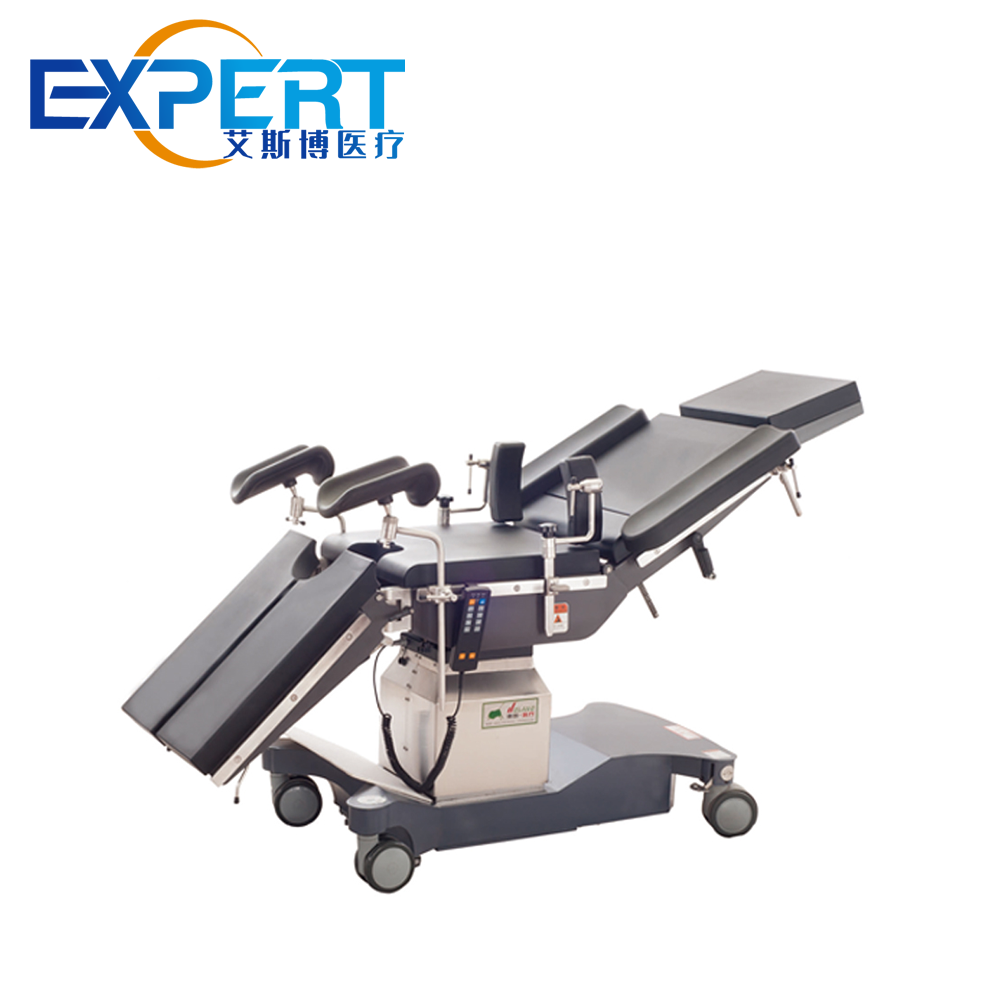
Операционные столы серии Expert Medical полностью соответствуют требованиям общей хирургии, сердца, головы, шеи, грудной полости и других хирургических операций.

Операционные лампы серии Expert Medical используются в различных областях хирургического освещения и в системах вспомогательного освещения.
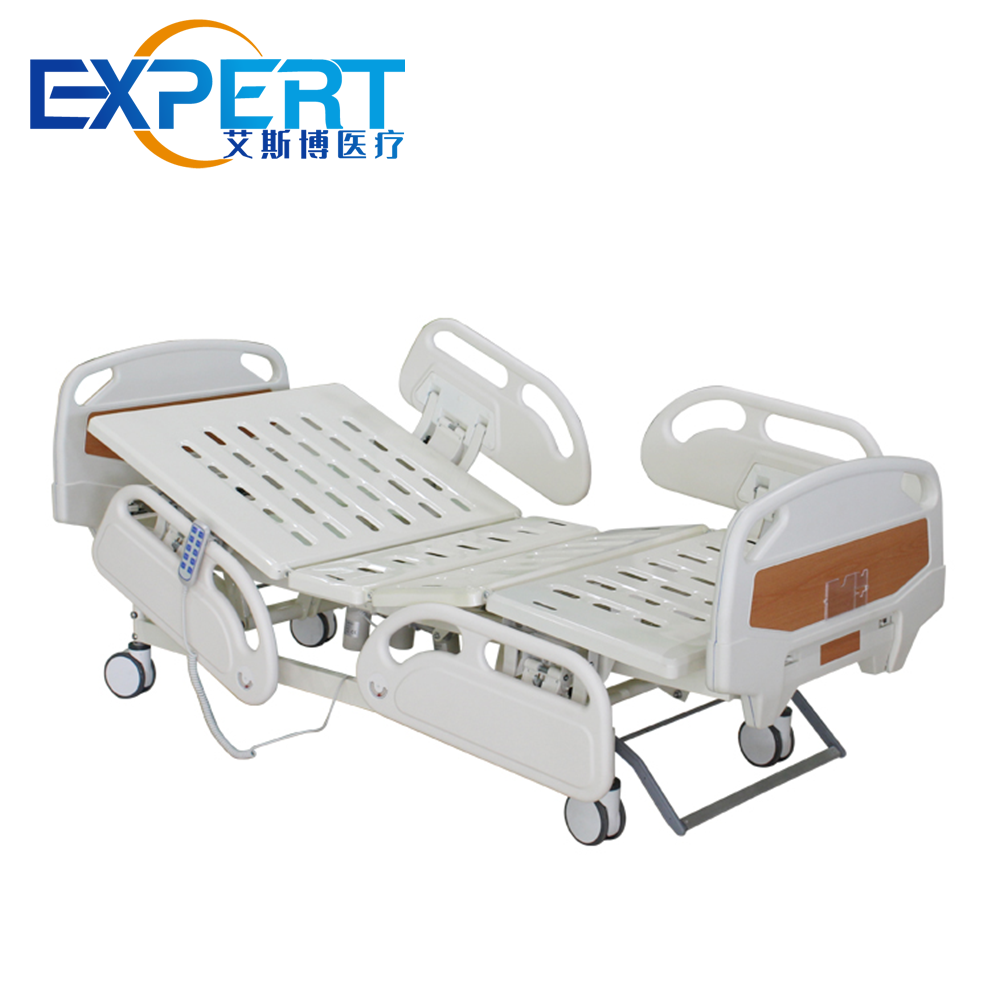
Expert medical предлагает различные типы больничных коек для интенсивной терапии и медсестер, которые имеют действительно красивый дизайн и долговечны в использовании.
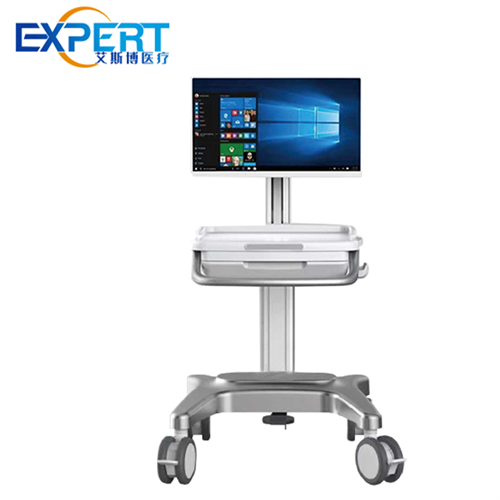
Будь то повседневная медицинская помощь или операция, хирургические тележки Expert Medical помогут вам работать более эффективно.
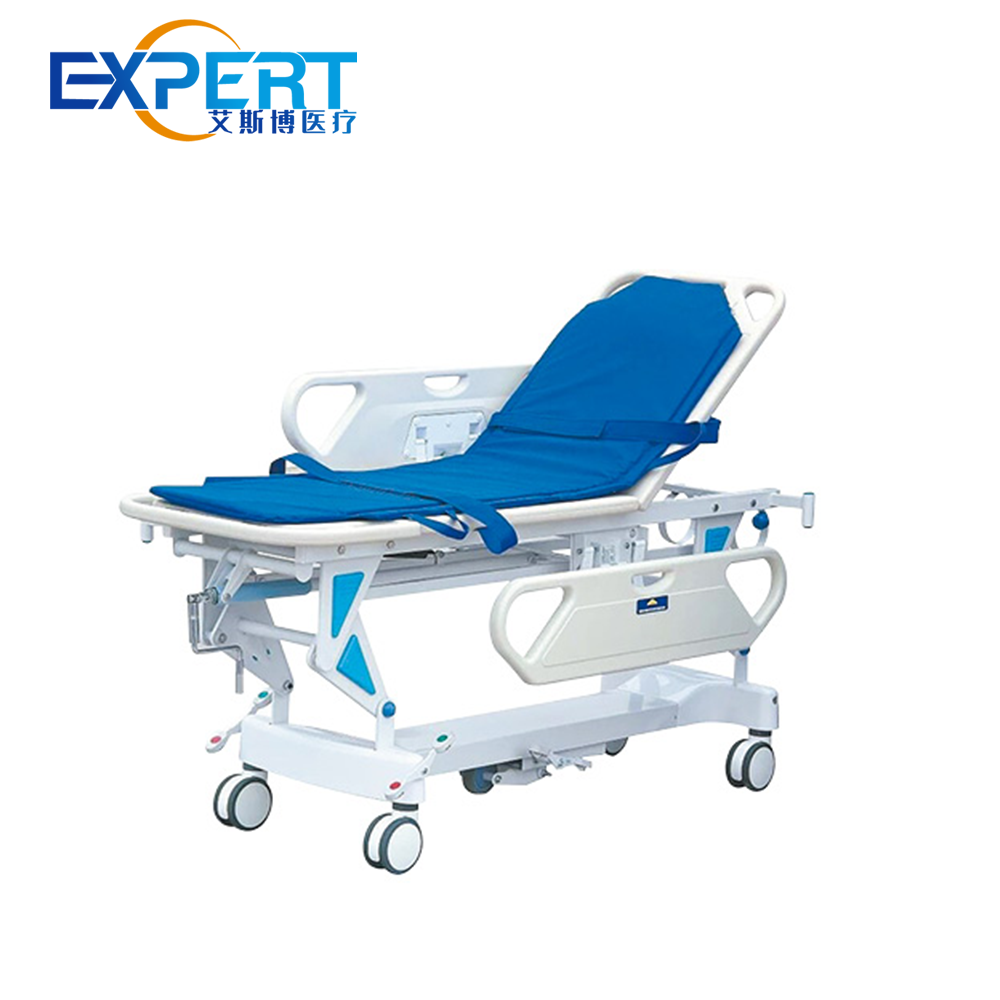
Носилки Expert с разнообразными конструктивными и функциональными характеристиками обеспечивают прочную поддержку при спасательных операциях и транспортировке пациентов.
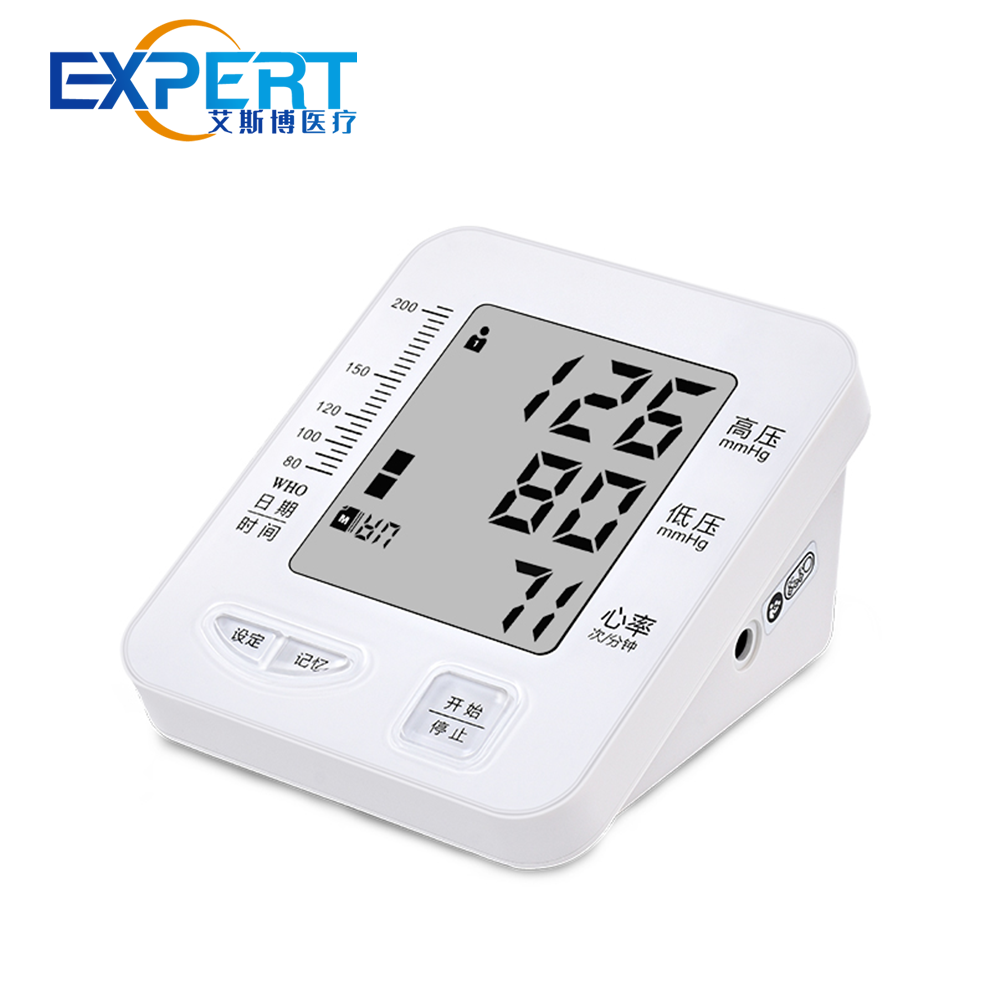
Другие медицинские устройства Expert Medical работают вместе, чтобы помочь построить целостную медицинскую систему.
Мы стремимся предоставить клиентам универсальную модель продаж; Мы уделяем более важное внимание удовлетворению потребностей наших клиентов.
